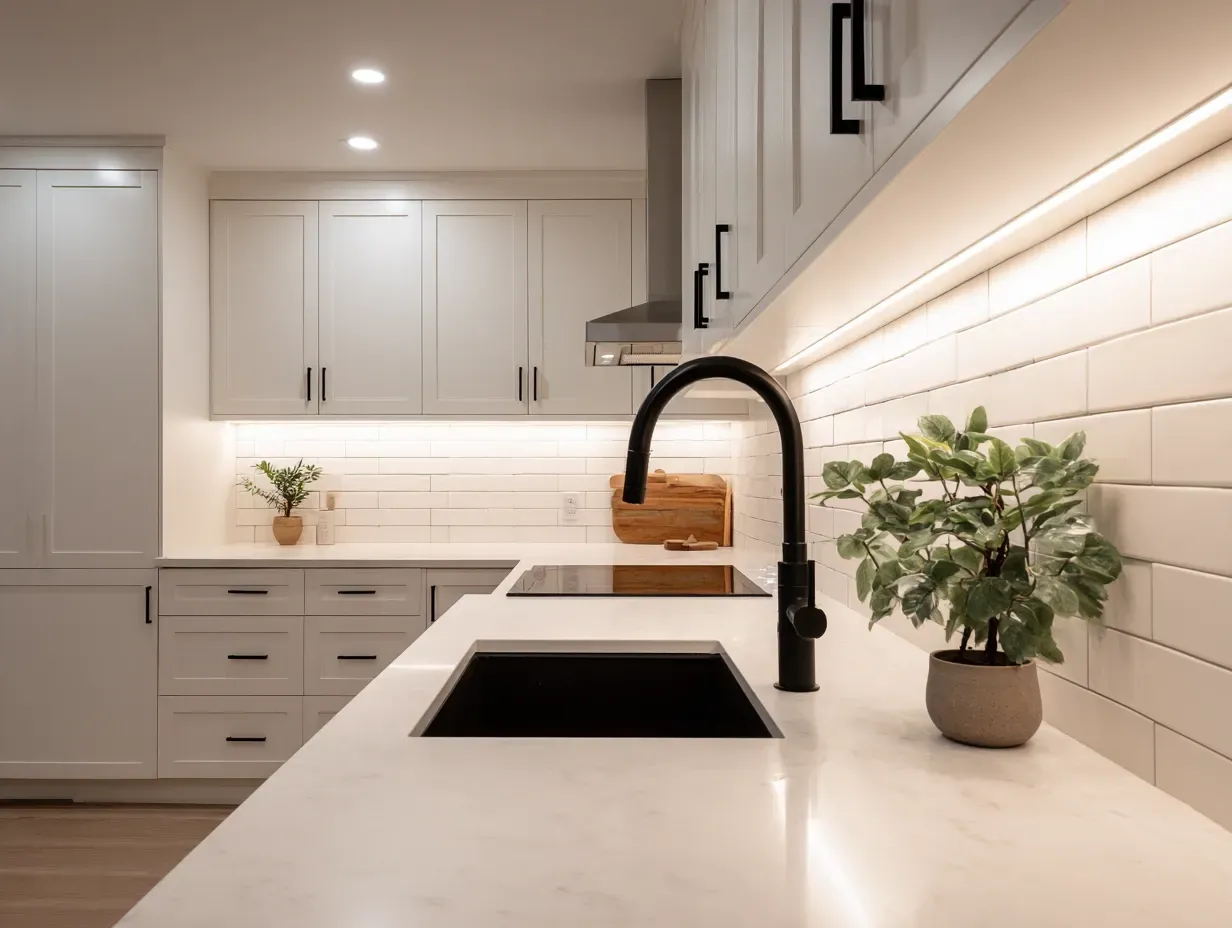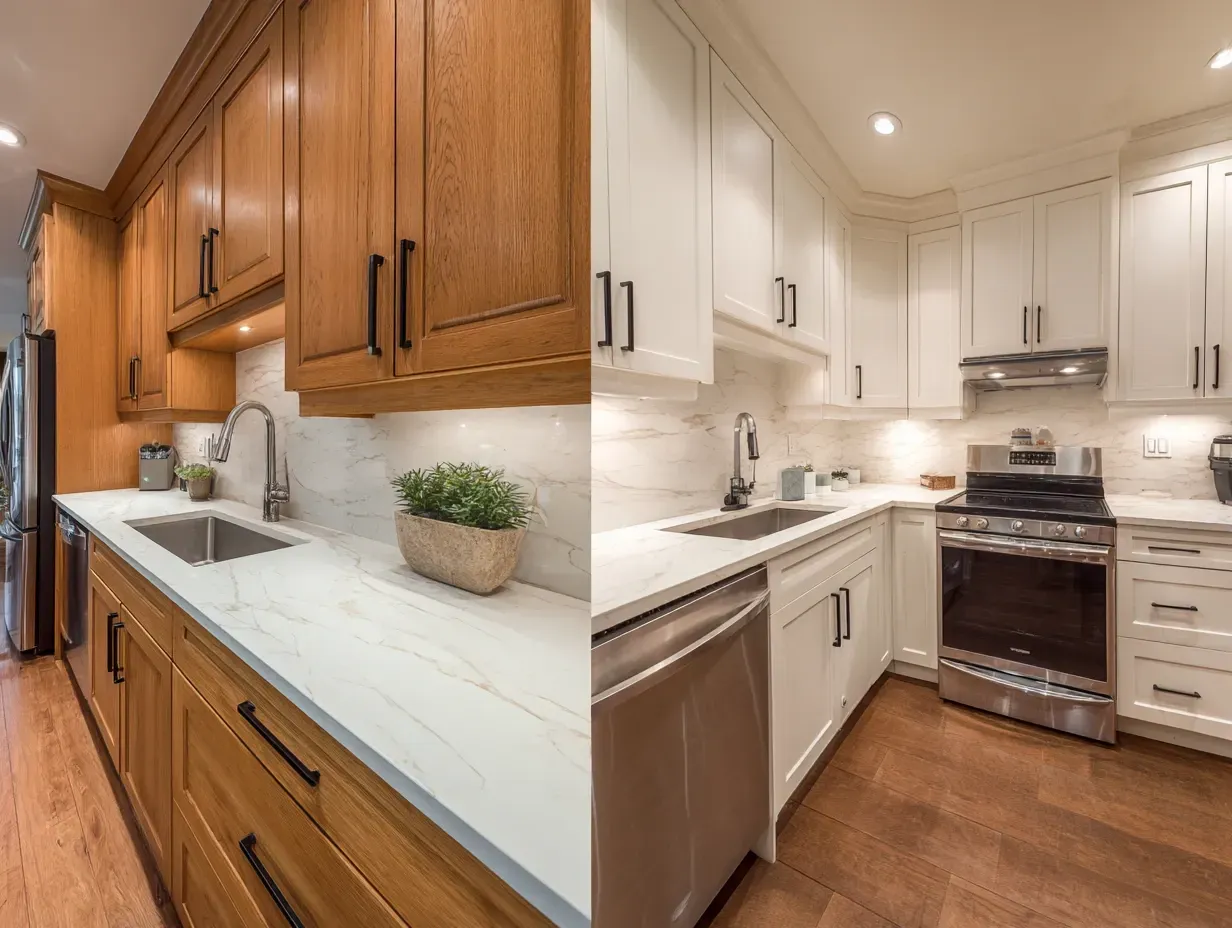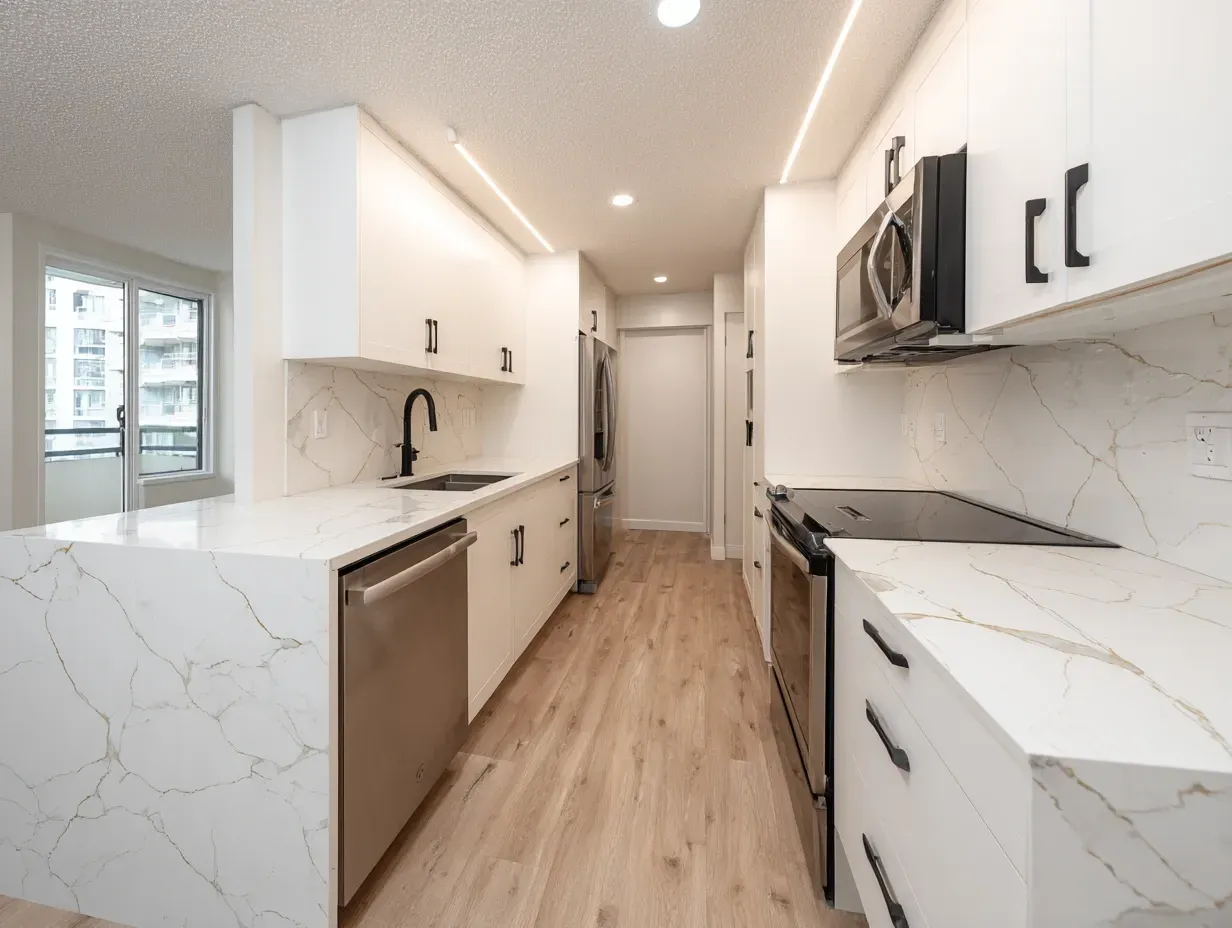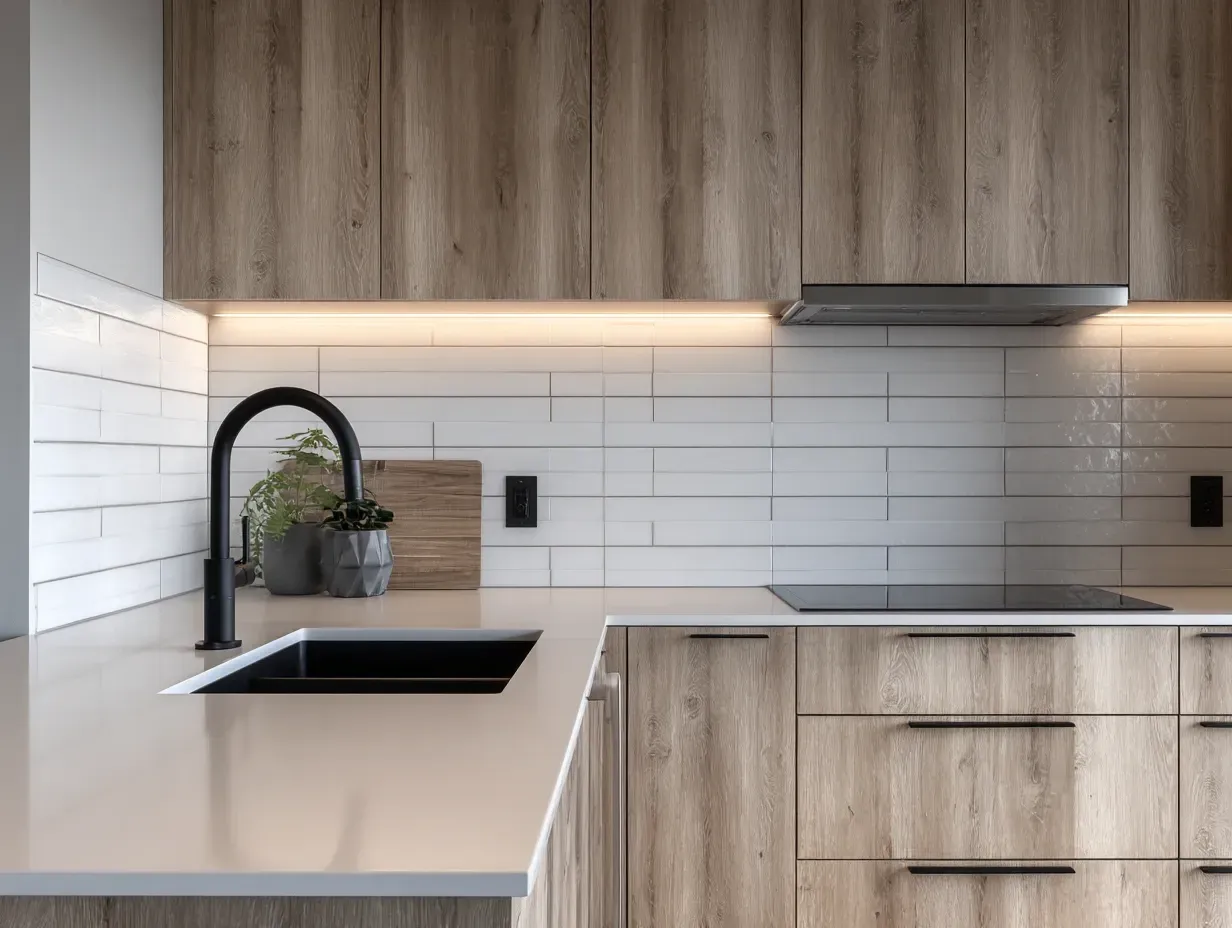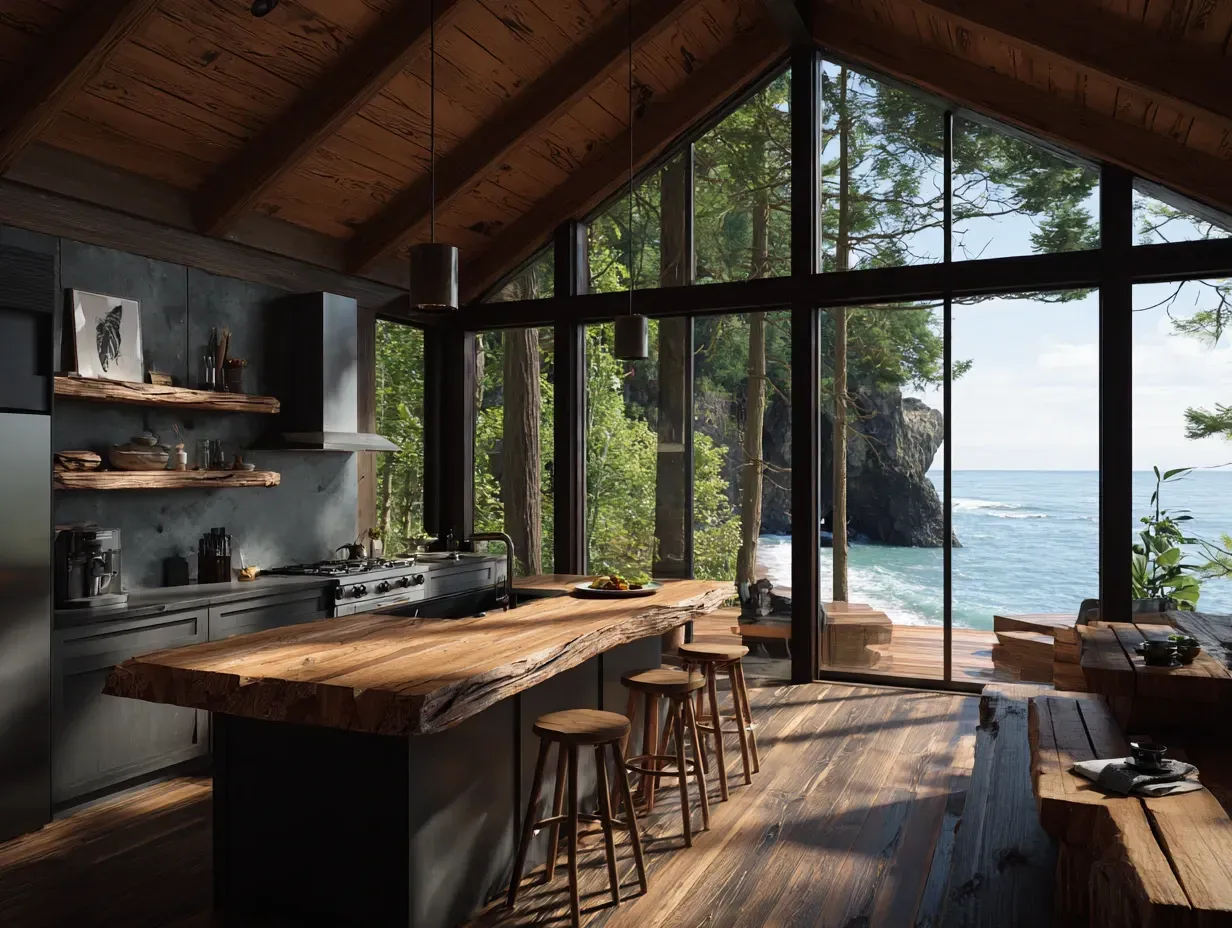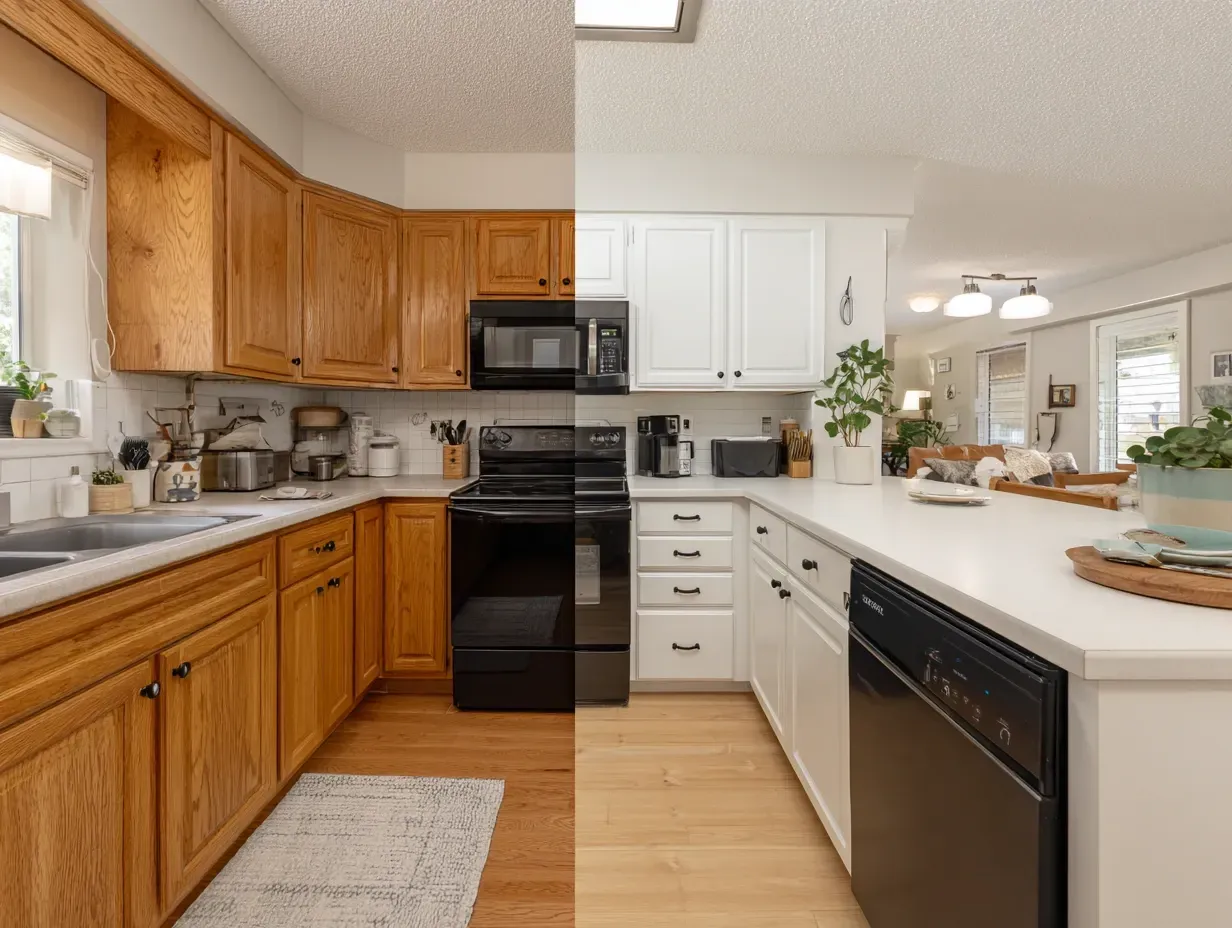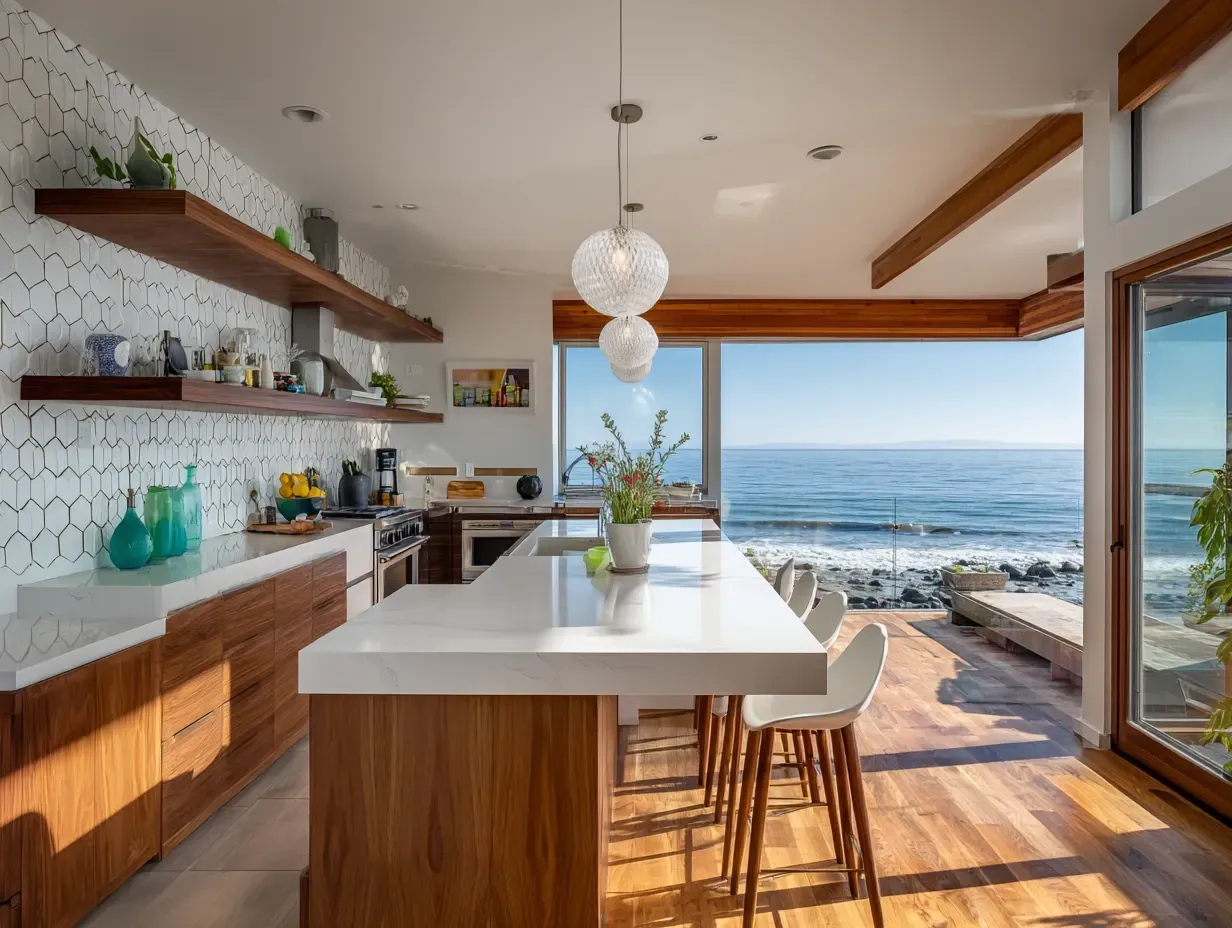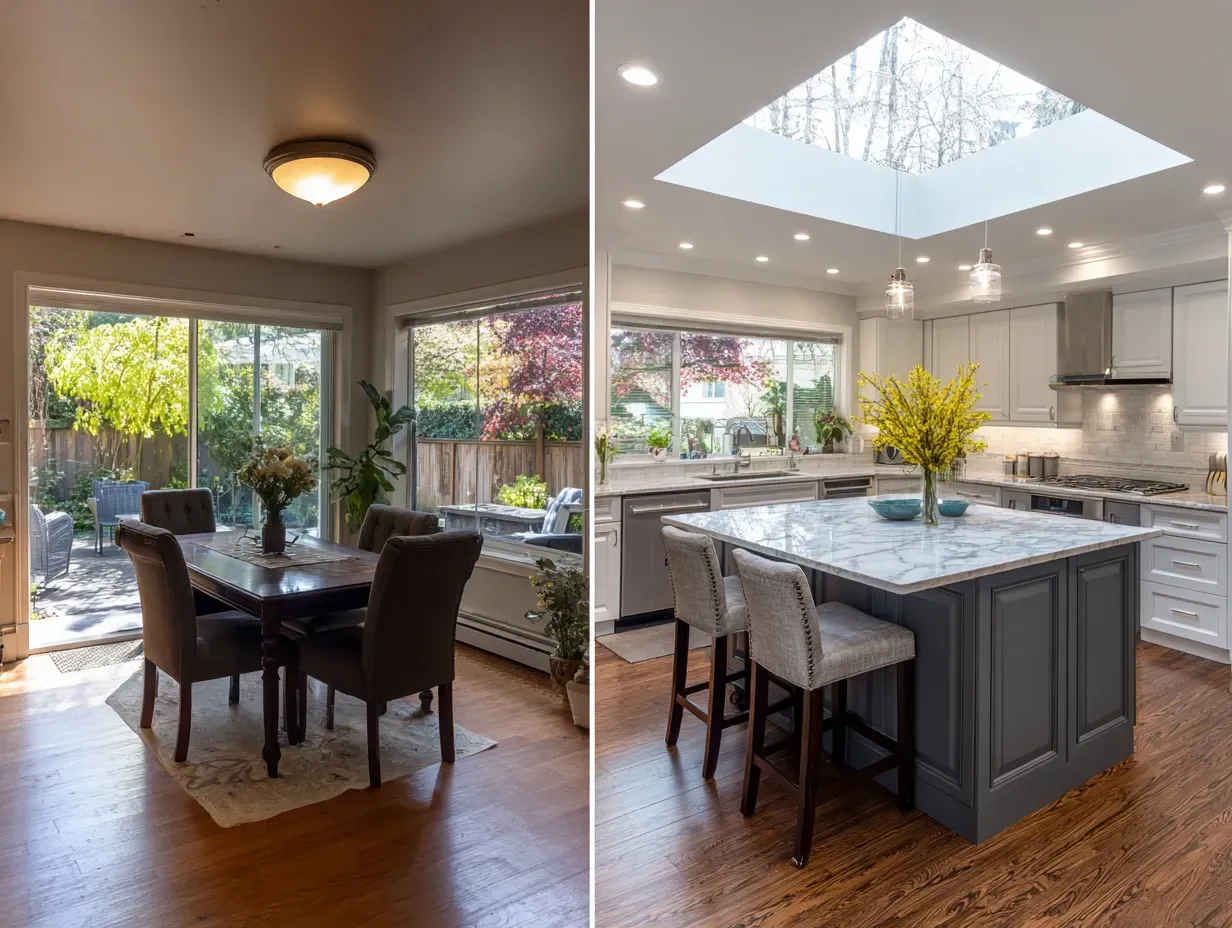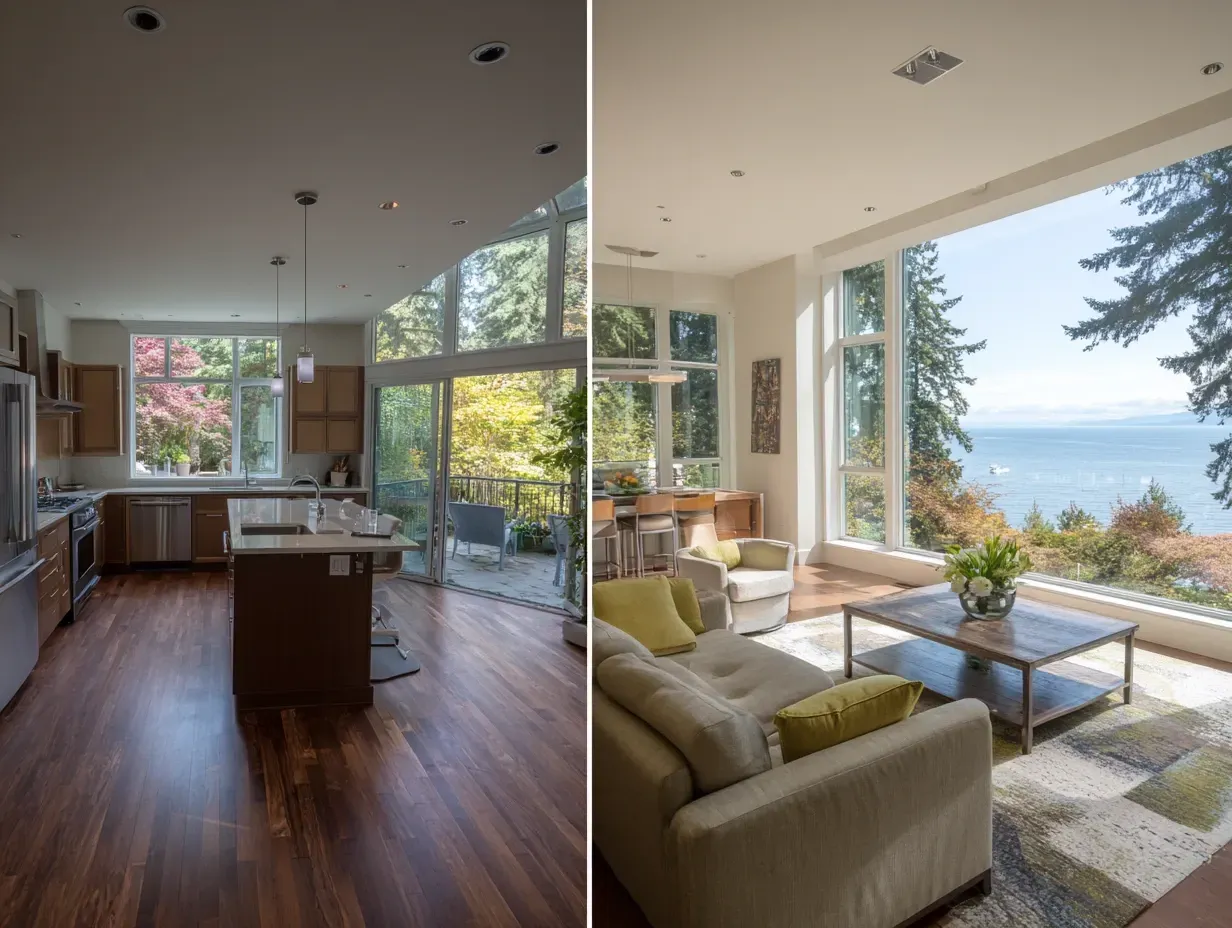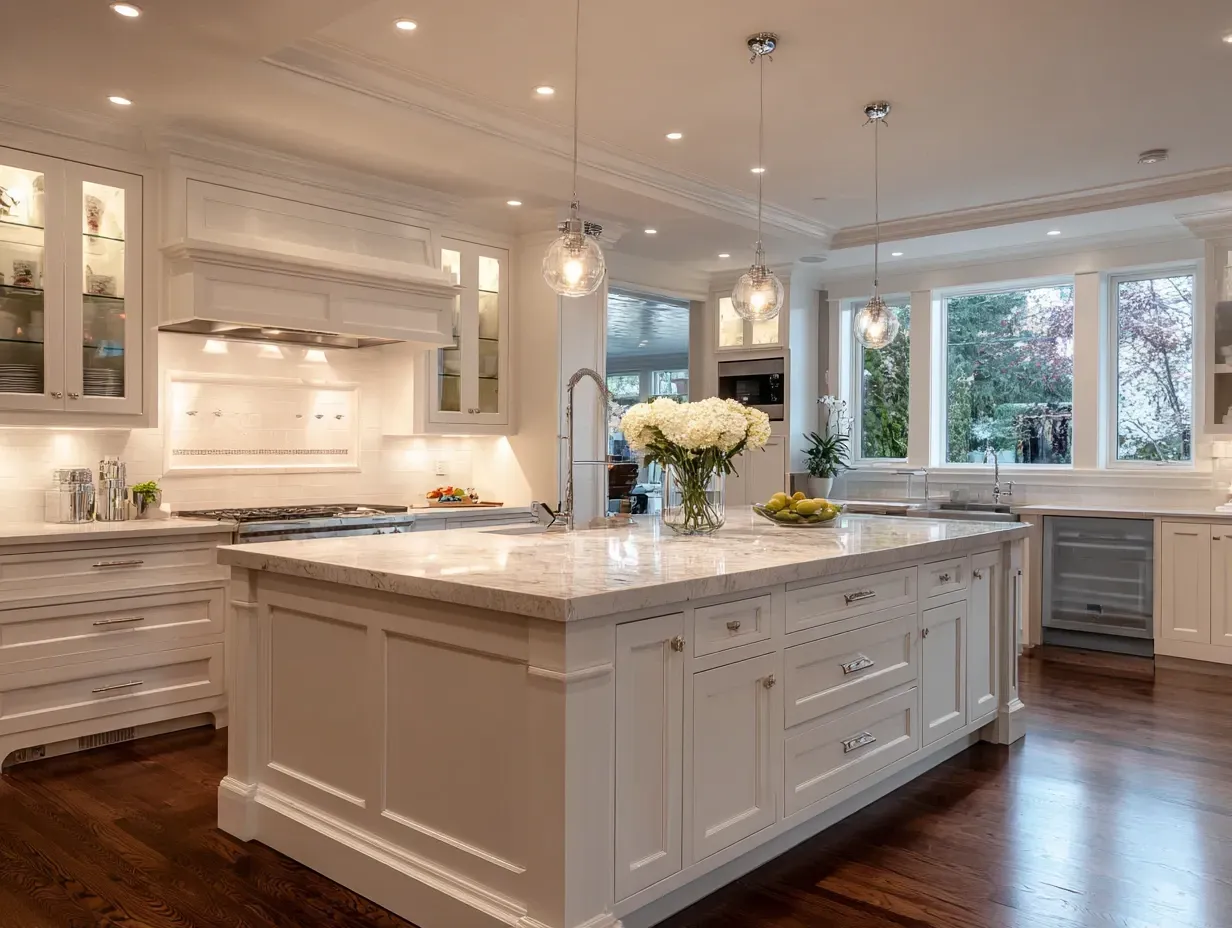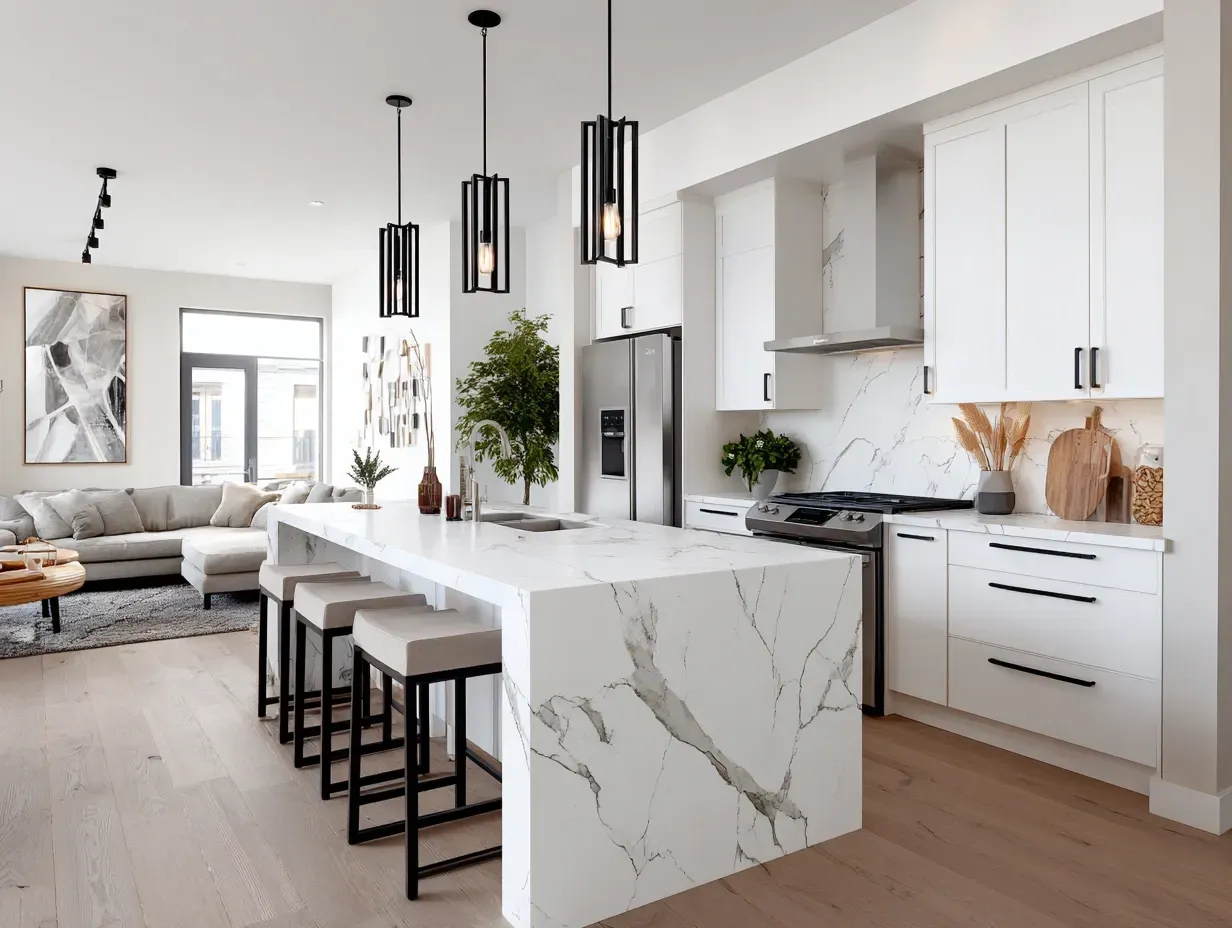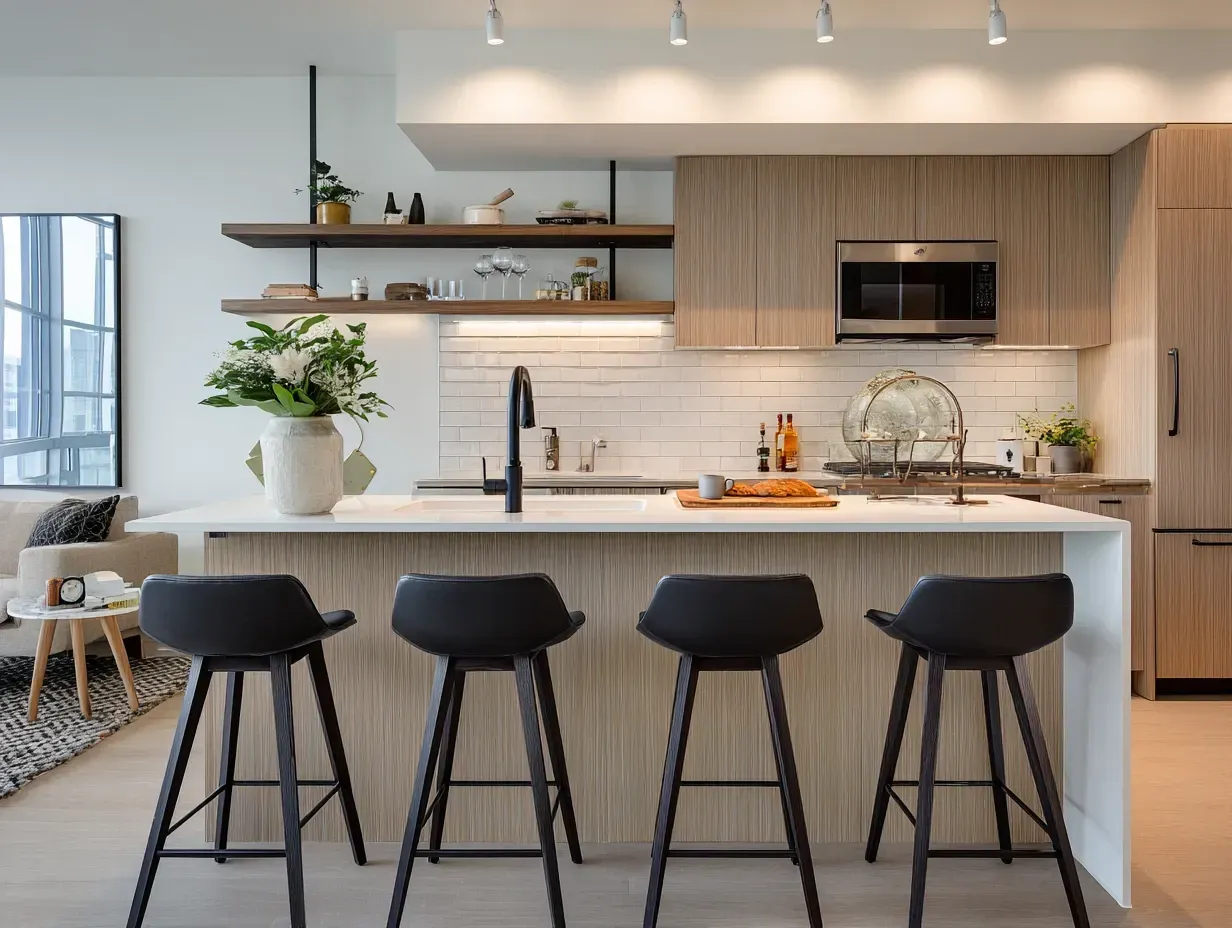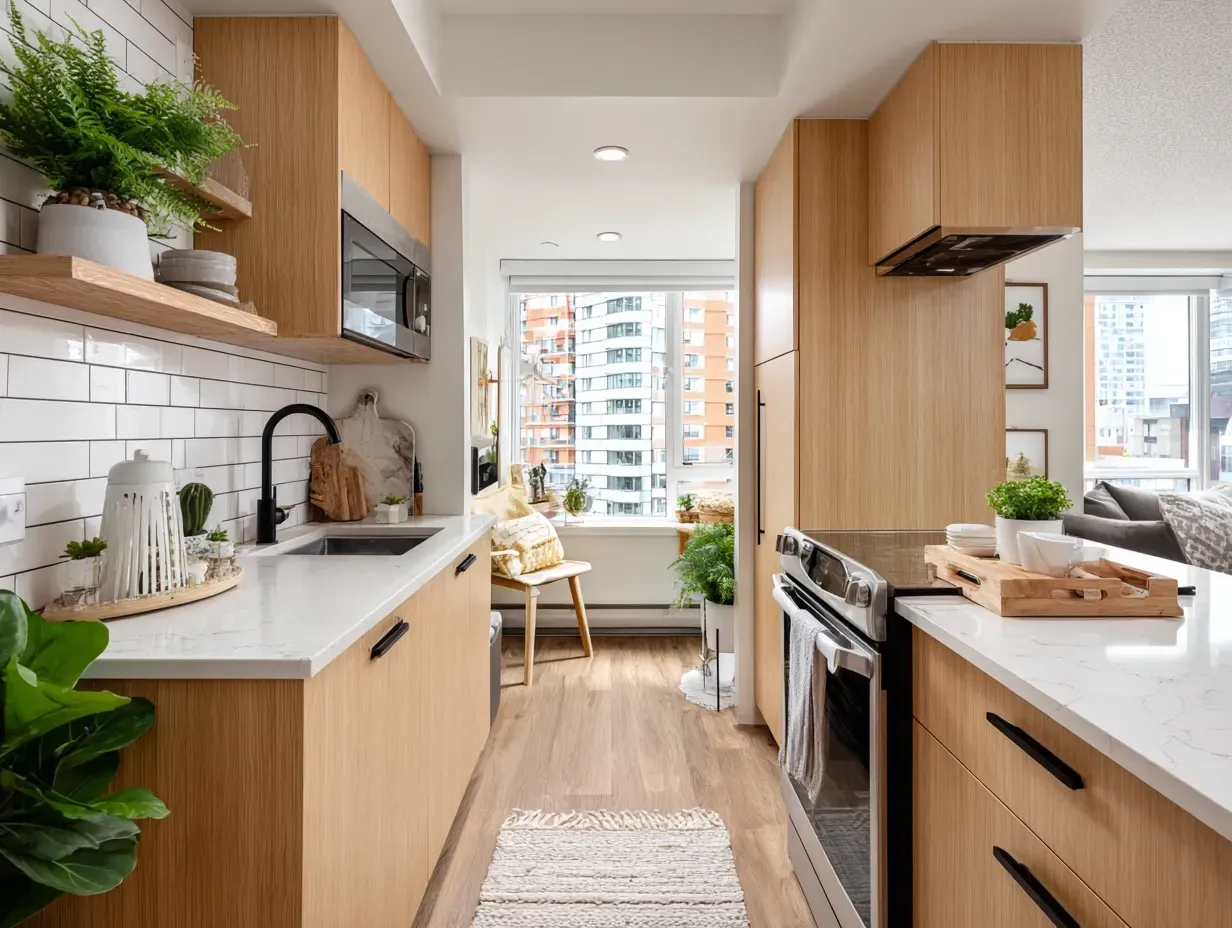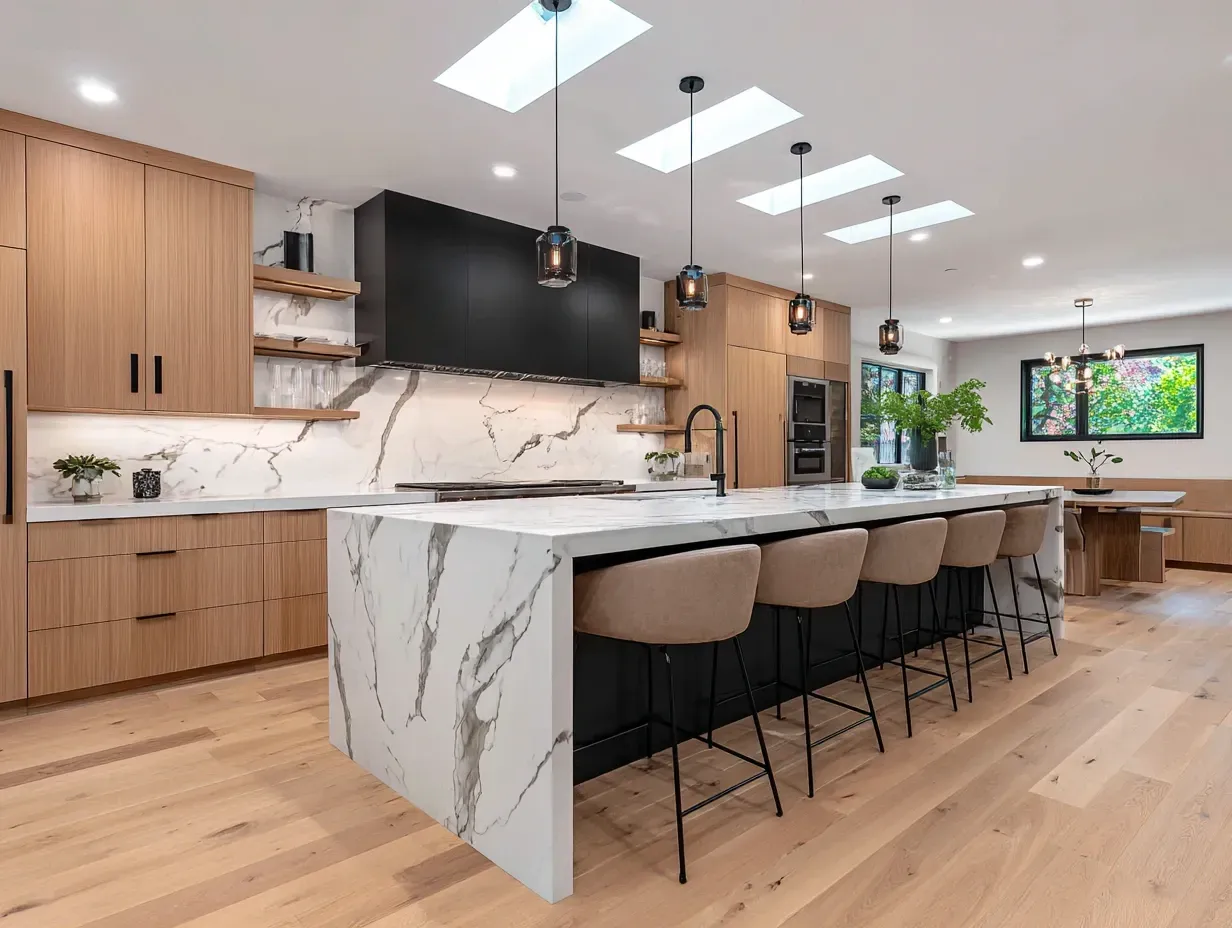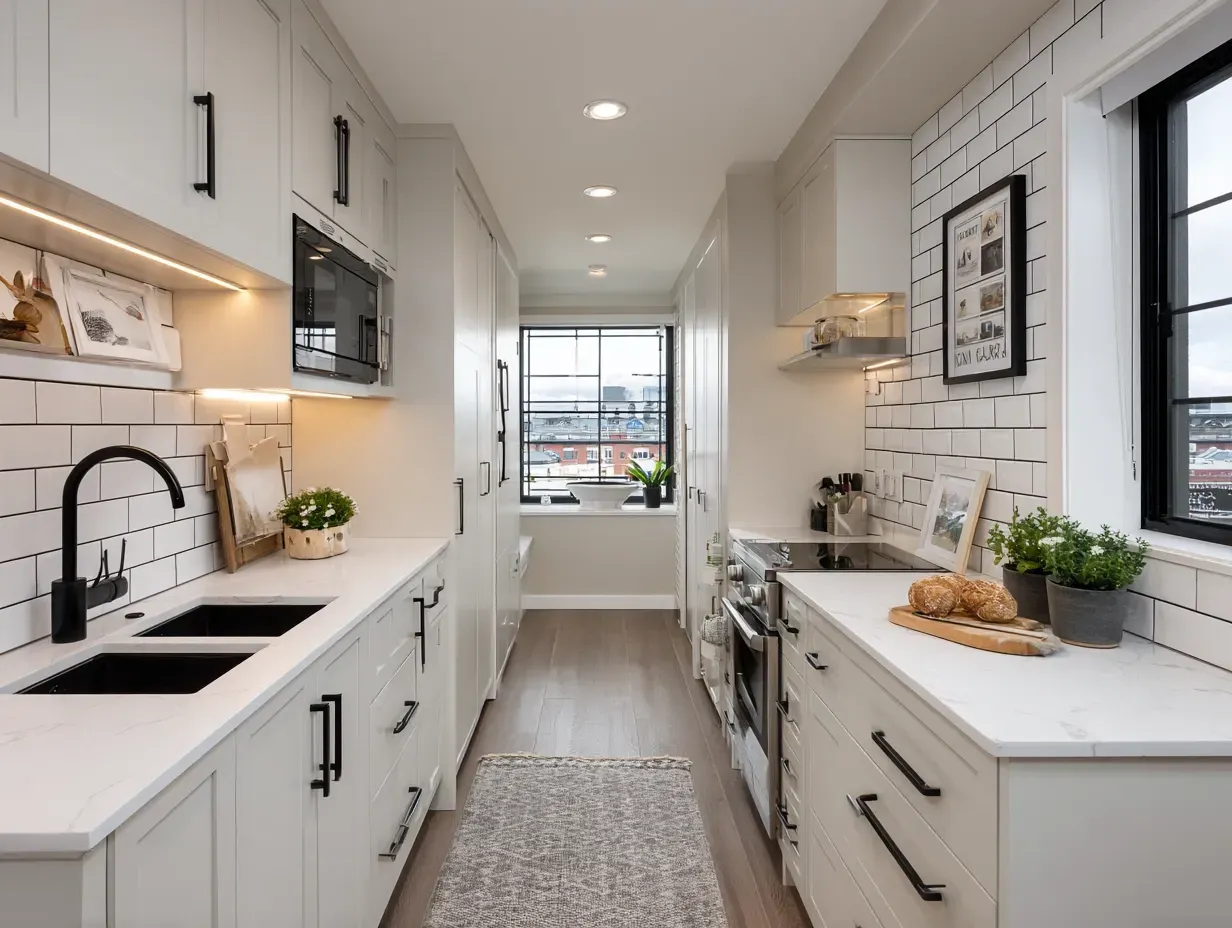The Ultimate Guide to Kitchen Remodel Costs in Vancouver
The kitchen is the undisputed heart of the Vancouver home. It’s where we gather, cook, entertain, and connect. It's also one of the most valuable investments you can make in your property.
But in a city with some of the highest real estate and construction costs in North America, the question on every homeowner's mind is: "How much does a kitchen remodel actually cost in Vancouver?"
This guide provides a comprehensive breakdown of what to expect, from a basic refresh to a full-scale luxury renovation. We’ll break down where your money goes, unique Vancouver-specific factors to consider, and how to budget intelligently for your project.
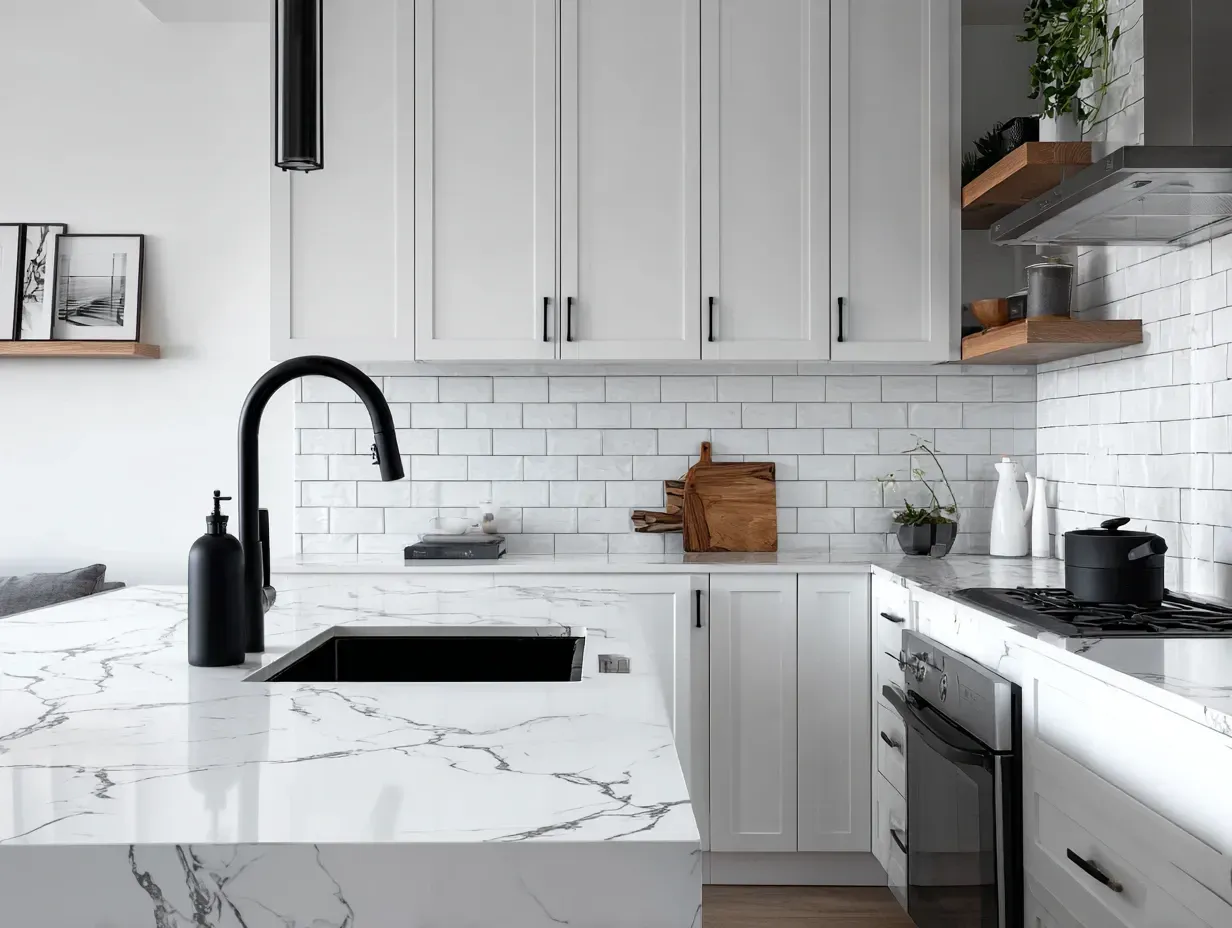
The Big Picture: Average Costs by Tiers
Kitchen renovation costs in Vancouver can be broken down into three main categories. These price ranges are for a standard 150-200 square foot kitchen and include materials, professional labour, and project management.
1. The Budget-Conscious Remodel: $25,000 – $45,000
This tier is about maximizing impact with minimal structural changes. It's ideal for homeowners looking for a significant aesthetic upgrade without altering the existing footprint.
- Cabinets: Keeping existing cabinet boxes and refacing or professionally painting them. Hardware (pulls and knobs) is replaced.
- Countertops: Laminate (high-end options can look surprisingly like stone) or entry-level quartz.
- Appliances: Keeping existing appliances or replacing them with entry-level, freestanding models from a big-box store.
- Flooring:
Cost-effective options like Luxury Vinyl Plank (LVP) or sheet vinyl.
- Backsplash: Simple, classic ceramic subway tile.
- Plumbing & Electrical: Keeping all plumbing and electrical in their current locations. Faucets and light fixtures are replaced with budget-friendly models.
- Labour: A mix of hiring a general contractor for key tasks and potentially some DIY work (like painting).
2. The Mid-Range Remodel: $50,000 – $90,000
This is the most common type of kitchen remodel in Vancouver. It offers a complete transformation with quality materials and a much higher-end feel, providing an excellent return on investment.
- Cabinets: New, semi-custom cabinets (like Shaker-style) with soft-close hardware and some organizational features (e.g., a lazy Susan, pull-out pantry).
- Countertops: Mid-to-high-grade quartz is the standard choice here for its durability and style. Entry-level granite is also an option.
- Appliances: A full suite of new, mid-grade stainless steel appliances from brands like KitchenAid, Bosch, or GE Profile. This might include a gas range or a counter-depth refrigerator.
- Flooring: Engineered hardwood, high-quality LVP, or porcelain tile.
- Backsplash: More intricate tile patterns, glass, or stone mosaics.
- Plumbing & Electrical: Minor changes might be made, such as adding an outlet for an island, installing under-cabinet lighting, or moving a water line for a new fridge. A new, deeper undermount sink and a quality faucet are standard.
- Labour: Fully managed by a professional general contractor and their team of licensed sub-trades (plumbers, electricians).
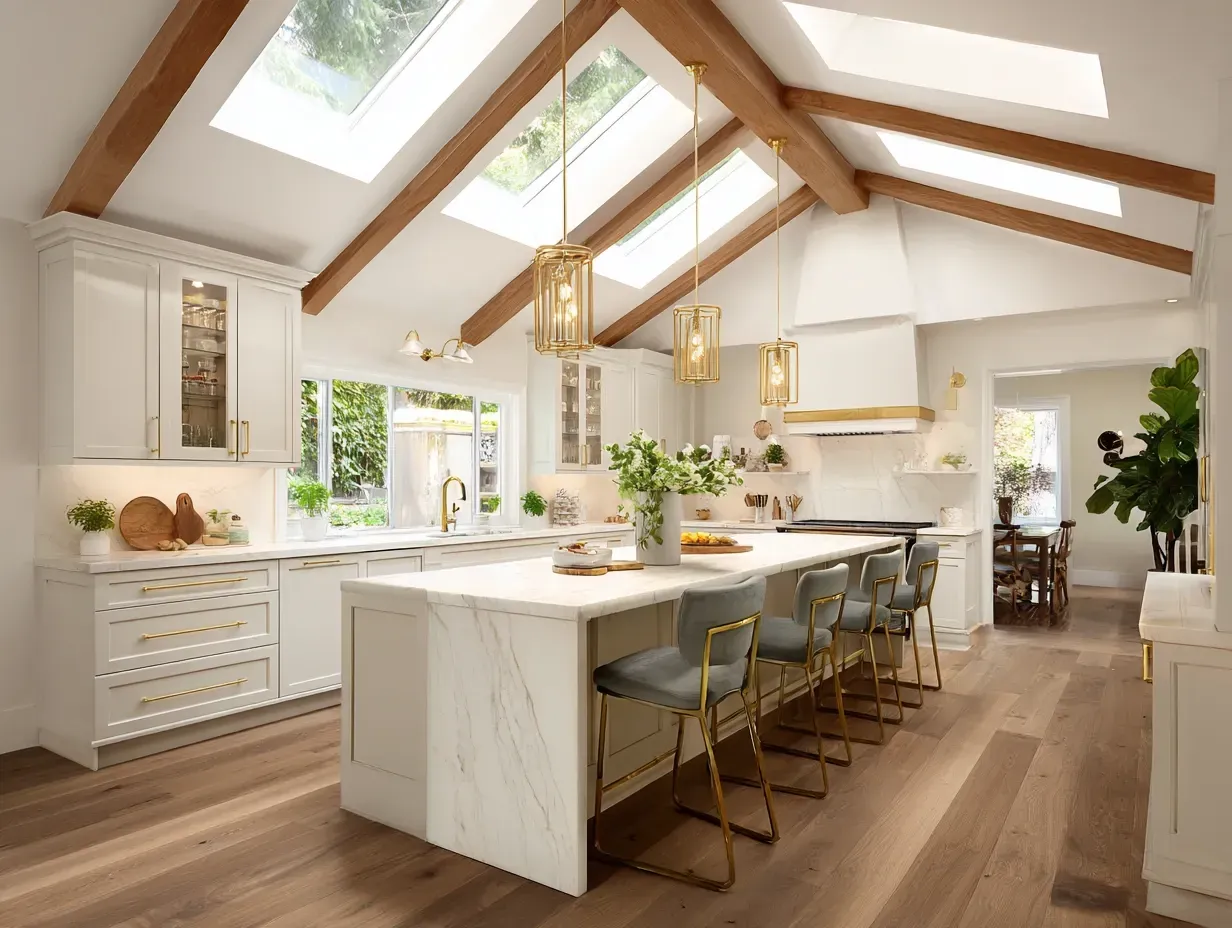
3. The High-End & Luxury Remodel: $100,000+
For those seeking a chef's kitchen with premium materials and custom solutions, the sky is the limit. Costs can easily exceed $200,000 depending on the scope and finishes.
- Cabinets: Fully custom cabinetry designed and built for the space, often using premium woods or finishes. Features include extensive built-in organization, integrated lighting, and custom panels.
- Countertops: Premium and rare natural stones like marble, quartzite, or soapstone. Waterfall edges on islands are common.
- Appliances: High-end, integrated (built-in) appliances from luxury brands like Sub-Zero, Wolf, Miele, or Thermador.
- Flooring: High-end hardwood, natural stone, or large-format porcelain tile, potentially with in-floor heating.
- Backsplash: Full-height slab backsplash matching the countertop, custom tile work, or other specialty materials.
- Plumbing & Electrical: Significant changes are common. This can include moving walls, running new gas and water lines, and installing complex, layered lighting schemes (pot lights, pendants, sconces). High-end fixtures from brands like Brizo or Kohler are standard.
- Design & Permits:
This level almost always involves an interior designer or architect. It will also likely require complex permits from the City of Vancouver for structural, plumbing, or electrical work.
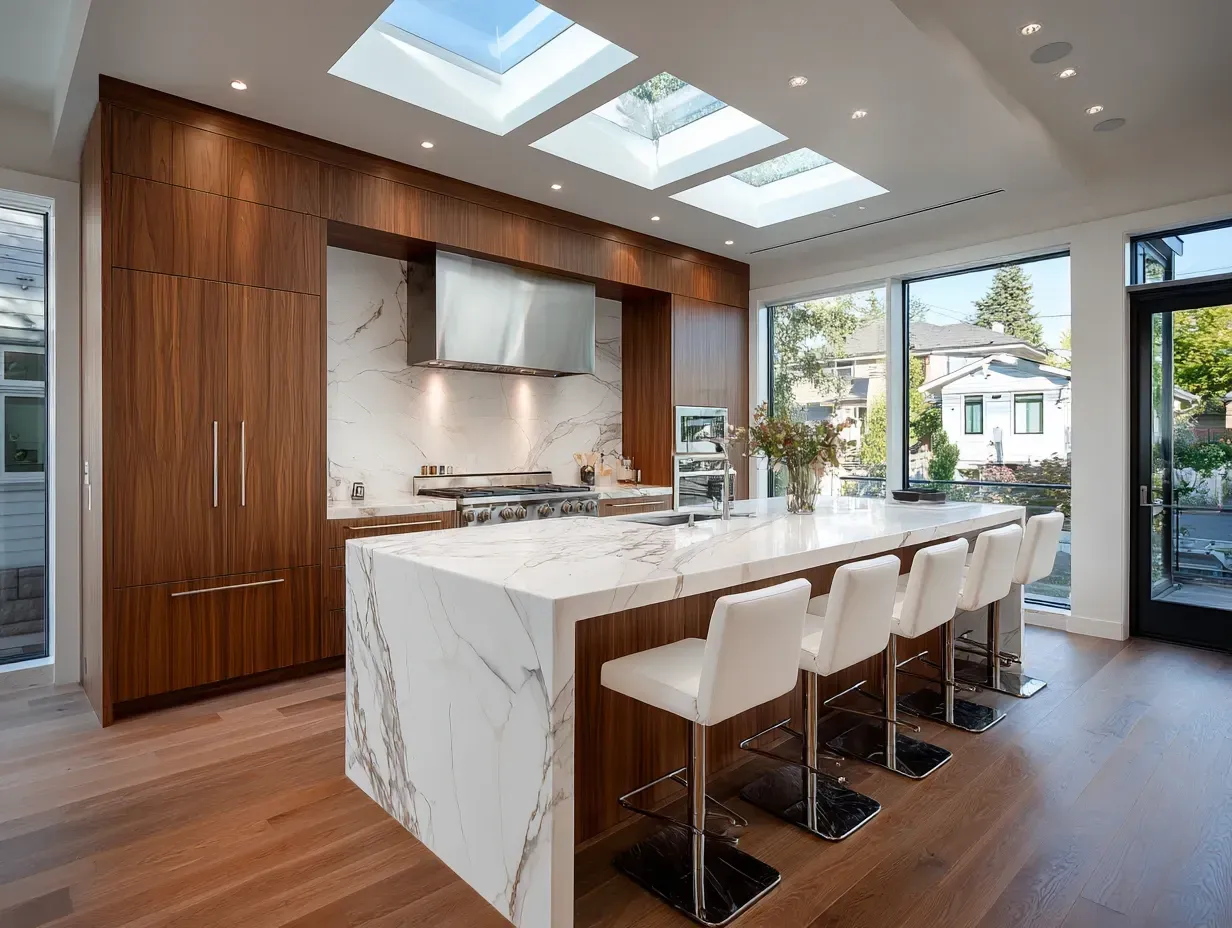
Where Does the Money Go? A Typical Mid-Range Budget Breakdown
Understanding the percentages helps you see why certain choices have such a big impact on the final price.
- Cabinetry & Hardware: 30-35%
- Labour & Installation: 20-25%
- Appliances: 10-15%
- Countertops: 10-12%
- Flooring: 5-7%
- Plumbing & Electrical: 5-7%
- Backsplash, Lighting & Finishes: 5%
- Design, Permits & Contingency: 10-20%
Note on Contingency: Never start a renovation without a contingency fund of at least 15%. In Vancouver's older homes, you never know what you'll find behind the walls—outdated wiring, plumbing issues, or structural surprises.
Vancouver-Specific Factors That Drive Up Costs
Why is renovating a kitchen in Vancouver often more expensive than in other cities?
- High Cost of Labour: Skilled tradespeople (carpenters, electricians, plumbers) are in extremely high demand across the Lower Mainland, commanding high hourly rates.
- Working in Condos & Stratas: The majority of Vancouverites live in multi-family housing. Renovating in a strata building adds complexity and cost, including:
- Limited work hours (e.g., 9 AM to 5 PM, no weekends).
- Booking and paying for elevator access.
- Strata approval processes and fees.
- Protecting common areas like hallways and lobbies.
- Permits and Regulations: The City of Vancouver has stringent building codes. Any project involving moving walls, changing plumbing, or altering electrical requires permits, inspections, and adherence to current codes, which adds time and expense.
- Supply Chain & Logistics: Being a port city helps, but sourcing specific high-end materials can still involve shipping costs that are passed on to the consumer.
- Property Value: With high property values, the expectation for quality renovations is also high. A cheap, poorly executed reno can actually detract from a property's value, pressuring homeowners to invest in quality materials and professional work.
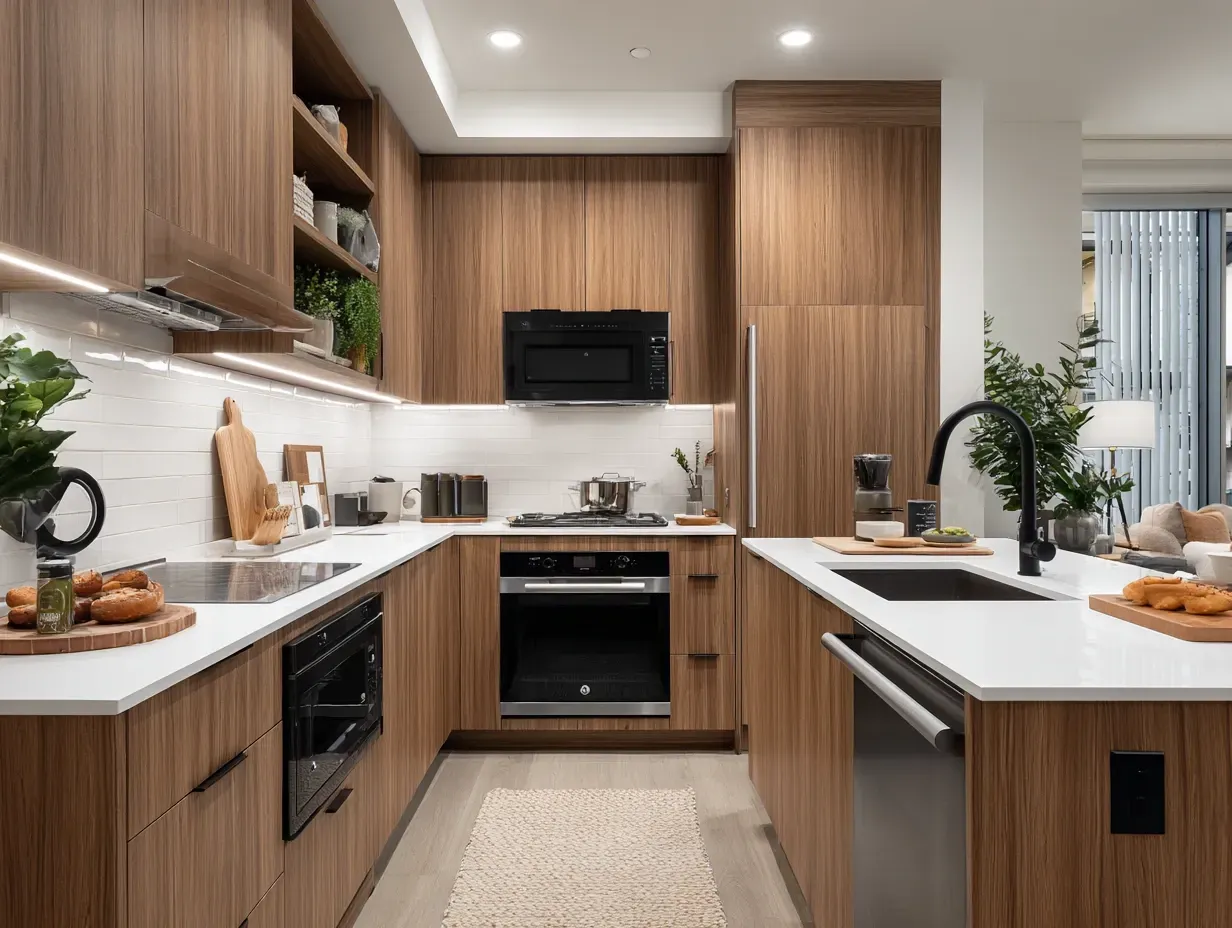
Smart Ways to Save on Your Vancouver Kitchen Remodel
- Keep Your Layout: The single biggest way to save money is to keep your appliances, sink, and walls in their current locations. Moving plumbing, gas lines, and electrical is a major expense.
- Reface, Don't Replace:
If your cabinet boxes are in good shape, refacing the doors and drawer fronts can give you the look of a brand-new kitchen for a fraction of the cost.
- Mix High and Low: Splurge on a "wow" factor item like your countertops or a beautiful faucet, but save on things like simple subway tile for the backsplash or less-expensive flooring.
- Get Multiple Quotes: Always get at least three detailed quotes from reputable, licensed, and insured contractors. Don't just look at the bottom line; compare the scope of work, materials specified, and proposed timeline.
- Sweat Equity (Wisely): If you're handy, you can save money by doing your own demolition, painting, or backsplash installation. However, leave the electrical, plumbing, and cabinet installation to the professionals.
The Final Word: An Investment in Your Home and Life
A kitchen remodel is one of the most complex and expensive home improvement projects you can undertake. However, in a competitive real estate market like Vancouver, a well-designed, functional, and beautiful kitchen provides an excellent return on investment, typically recouping 60-80% of its cost at resale.
More importantly, it’s an investment in your daily life. By planning carefully, setting a realistic budget, and working with trusted professionals, you can create a space that brings you joy and value for years to come.
Recent Posts
